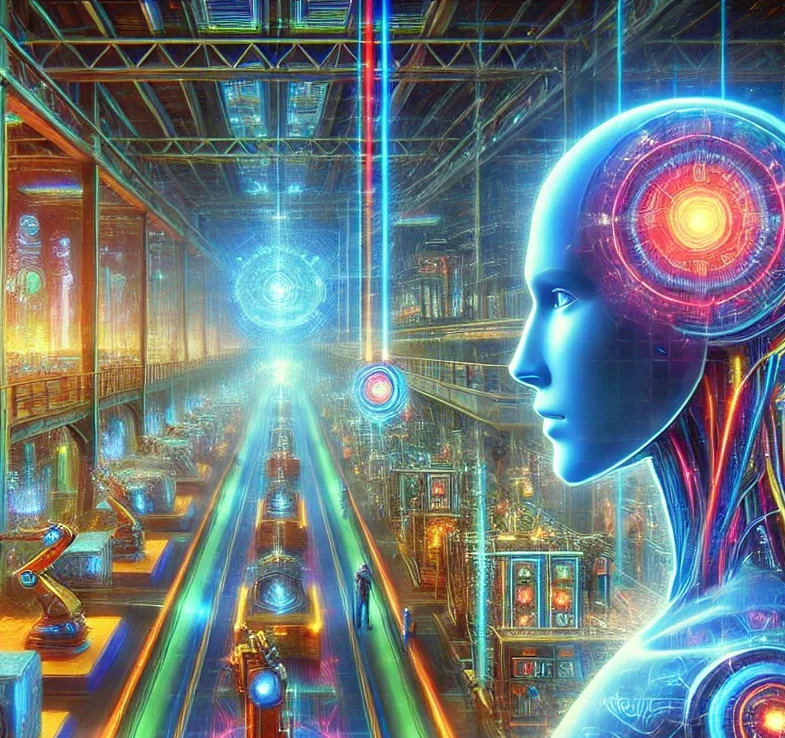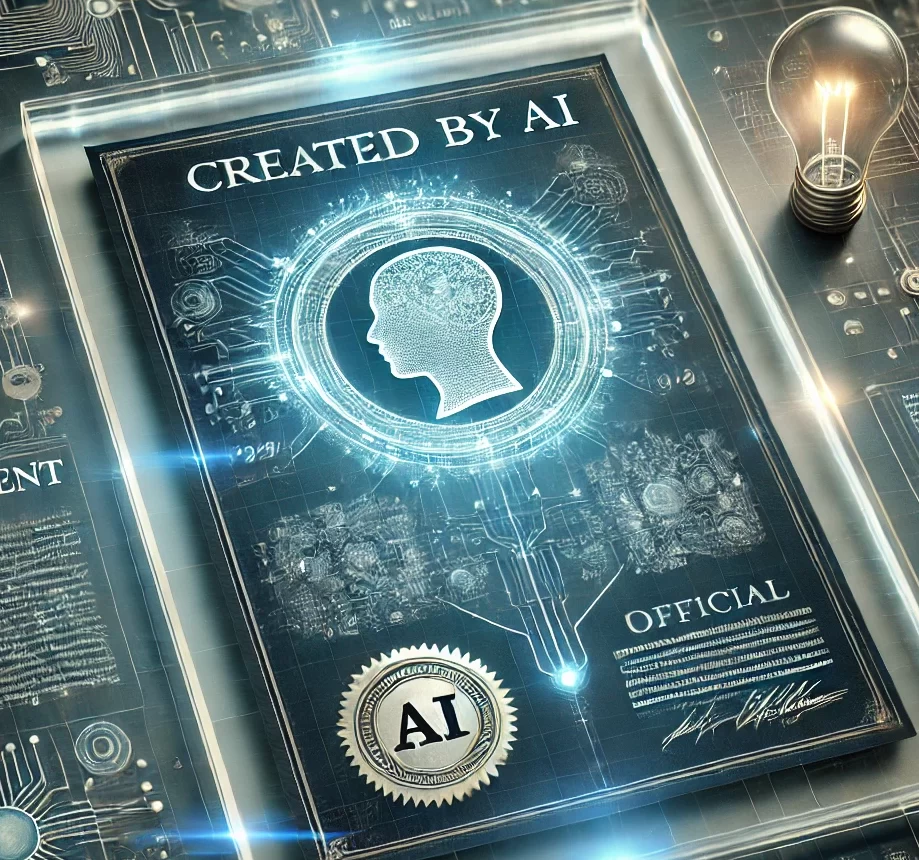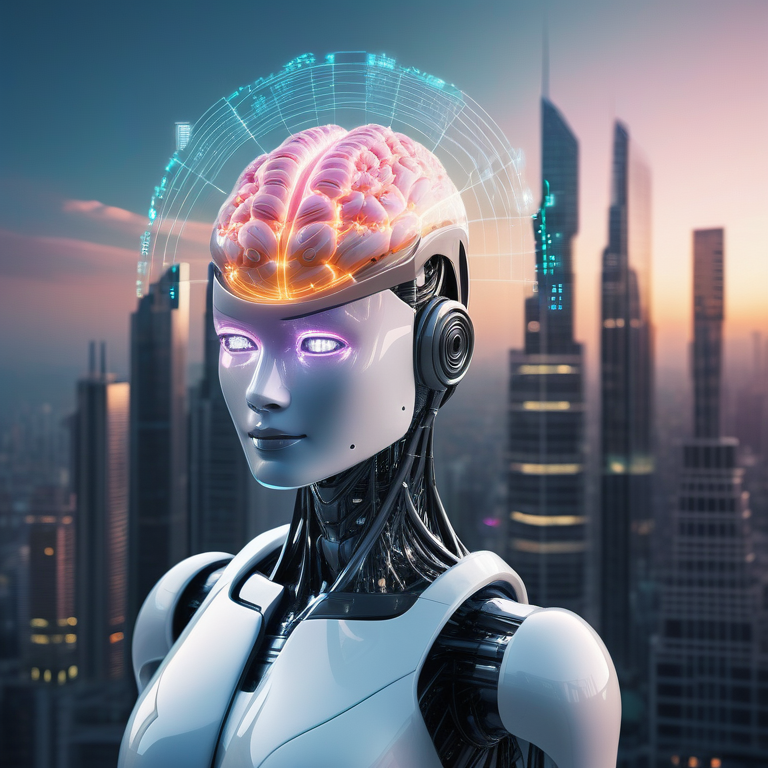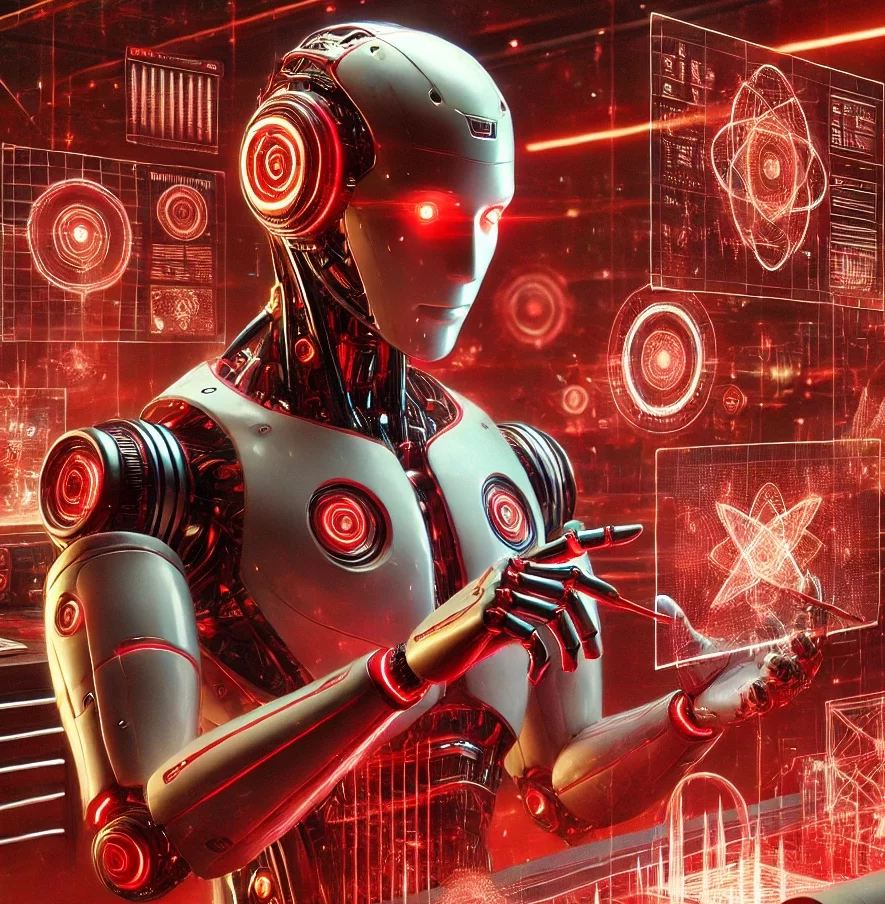The promise of Artificial Intelligence (AI) is nothing short of revolutionary. It’s reshaping industries, transforming workplaces, and altering how we live. But this revolution isn’t unprecedented. The Industrial Revolution began in the late 18th century and offers valuable insights into what we can expect from the ongoing AI transformation.
The Industrial Revolution: A Brief Overview
The Industrial Revolution was a period of radical change that saw the transition from agrarian societies to industrialized ones. Driven by the advent of new technologies like the steam engine, mechanized textile manufacturing, and railroads, this era fundamentally altered the global economy, social structures, and the way humans interacted with the world.
The Industrial Revolution was not a singular event but a series of interconnected developments that collectively transformed the fabric of society. Initiated in Britain and later spreading across Europe and the United States, this period saw significant advancements in various sectors. Manufacturing processes became more efficient with the introduction of steam engines, which powered factories, ships, and locomotives.

The mechanization of textile production, exemplified by inventions like the spinning jenny and the power loom, revolutionized the clothing industry, making goods more affordable and accessible. Railroads expanded transport networks, facilitating the rapid movement of raw materials and finished products and accelerating trade and commerce. The Industrial Revolution spurred urbanization, drawing people from rural areas to cities for employment and better living standards. As labor markets evolved and production methods became more sophisticated, the global economy experienced unprecedented growth, laying the groundwork for today’s modern industrialized world.
Drawing Parallels Between Revolutions
Much like the Industrial Revolution, fueled by innovation and technological advancements, the AI revolution is also driven by breakthroughs in machine learning, neural networks, and big data analytics. The Industrial Revolution brought about unprecedented levels of productivity, efficiency, and economic growth, along with significant societal shifts, including urbanization and changes in labor markets. Similarly, the AI revolution promises to enhance productivity and create new economic opportunities but also presents challenges such as job displacement and ethical considerations.
Understanding the patterns, successes, and lessons from the Industrial Revolution can help us navigate the complexities of AI. For instance, the widespread adoption of industrial technology required new regulations, educational reforms, and shifts in societal norms—all relevant as we integrate AI into our daily lives. By examining the past, we can better anticipate and prepare for the changes that lie ahead, ensuring that the benefits of AI are maximized while mitigating its potential downsides.
Five Lessons for Today’s AI Revolution
Technological Disruption is a Double-Edged Sword
Industrial Revolution Insight: New machinery revolutionized production processes, increasing efficiency and displacing workers.
AI Application: AI has the potential to automate numerous tasks, boosting productivity and raising concerns about job displacement. However, just as the Industrial Revolution eventually created new job categories, AI will likely give birth to roles we can’t yet imagine.
Adaptability is Key
Industrial Revolution Insight: Businesses that adapted to the new technologies thrived, while those that resisted change were left behind.
AI Application: Companies today must be willing to adapt to AI technologies to stay competitive. Business leaders should foster a culture of continuous learning and agility to leverage AI’s full potential.
Regulation and Ethics Matter
Industrial Revolution Insight: Rapid industrialization led to poor working conditions and environmental degradation, prompting regulatory measures.
AI Application: Ethical considerations and regulations are crucial in AI development and deployment. Ensuring fair use, data privacy, and minimizing biases are essential to making AI beneficial for all.
Investment in Human Capital Pays Off
Industrial Revolution Insight: The need for skilled labor led to educational reforms and the establishment of technical schools.
AI Application: Investing in education and training is vital to equip the workforce with skills needed for the AI-driven future. Upskilling and reskilling programs can help bridge the gap between obsolete jobs and emerging opportunities.
Collaboration Drives Innovation
Industrial Revolution Insight: Collaboration among inventors, entrepreneurs, and governments accelerated technological advancements.
AI Application: Collaboration between tech companies, academic institutions, and governmental bodies can spur AI innovation. Public-private partnerships can pave the way for groundbreaking advancements that benefit society.
Conclusion The Road Ahead
The AI revolution, much like the Industrial Revolution, presents both challenges and opportunities. By learning from the past, we can better navigate the complexities of this transformative era. For tech enthusiasts and business leaders alike, understanding these lessons is crucial for harnessing AI’s potential to build a more prosperous, innovative, and equitable future.



